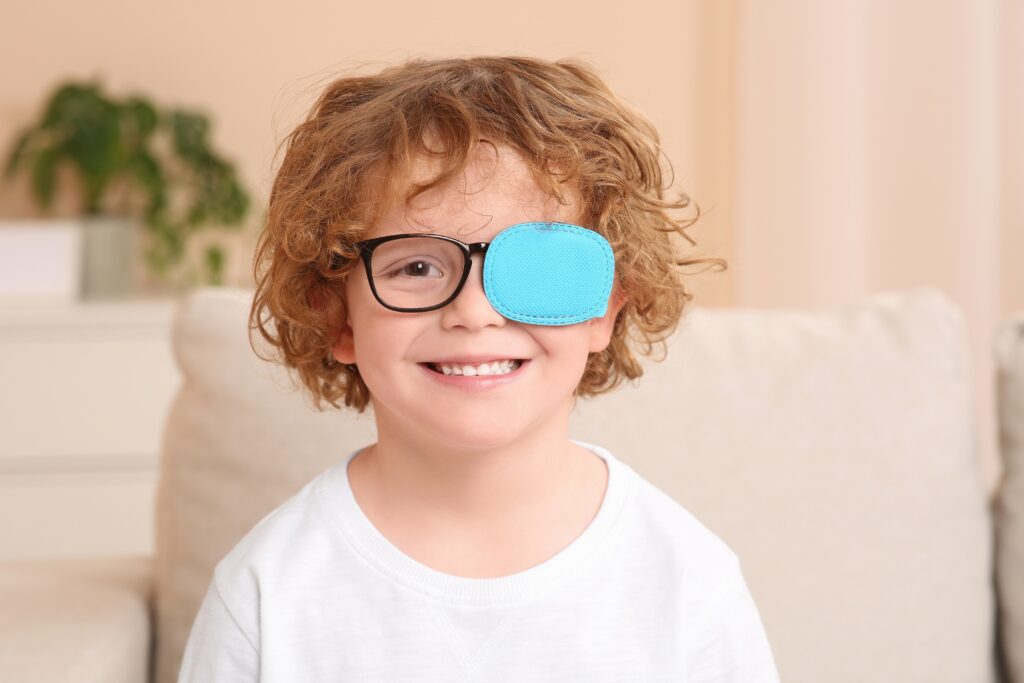Crossed eyes, or strabismus as it is medically termed, is a condition in which both eyes do not look at the same place at the same time. It occurs when an eye turns in, out, up or down and is usually caused by poor eye muscle control or a high amount of farsightedness.
There are six muscles attached to each eye that control how it moves. The muscles receive signals from the brain that direct their movements. Normally, the eyes work together so they both point at the same place. When problems develop with eye movement control, an eye may turn in, out, up or down. The eye turning may be evident all the time or may appear only at certain times such as when the person is tired, ill, or has done a lot of reading or close work. In some cases, the same eye may turn each time, and in other cases the eyes may alternate turning.

Maintaining proper eye alignment is important to avoid seeing double, for good depth perception, and to prevent the development of poor vision in the turned eye. When the eyes are misaligned, the brain receives two different images. At first, this may create double vision and confusion, but over time the brain will learn to ignore the image from the turned eye. If the eye turning becomes constant and is not treated, it can lead to permanent reduction of vision in one eye, a condition called amblyopia or lazy eye.
Some babies’ eyes may appear to be misaligned, but are actually both aiming at the same object. This is a condition called pseudostrabismus or false strabismus. The appearance of crossed eyes may be due to extra skin that covers the inner corner of the eyes or a wide bridge of the nose. Usually, this will change as the child’s face begins to grow.
Strabismus usually develops in infants and young children, most often by age 3, but older children and adults can also develop the condition. There is a common misconception that a child with strabismus will outgrow the condition. However, this is not true. In fact, strabismus may get worse without treatment. Any child older than four months whose eyes do not appear to be straight all the time should be examined.
Treatment for strabismus may include eyeglasses, prisms, vision therapy, or eye muscle surgery. If detected and treated early, strabismus can often be corrected with excellent results.
